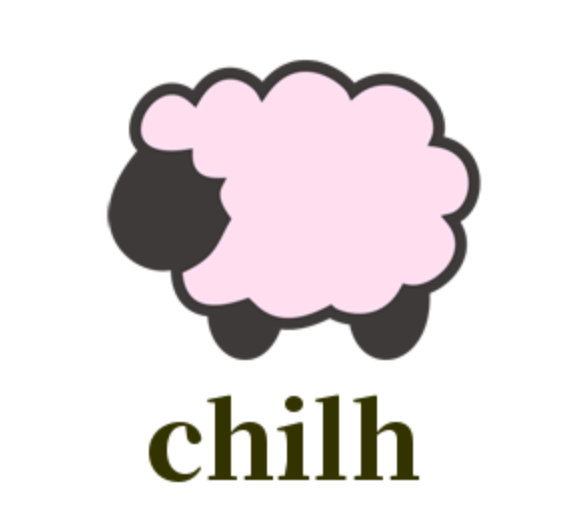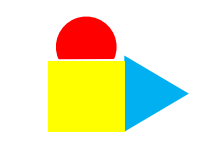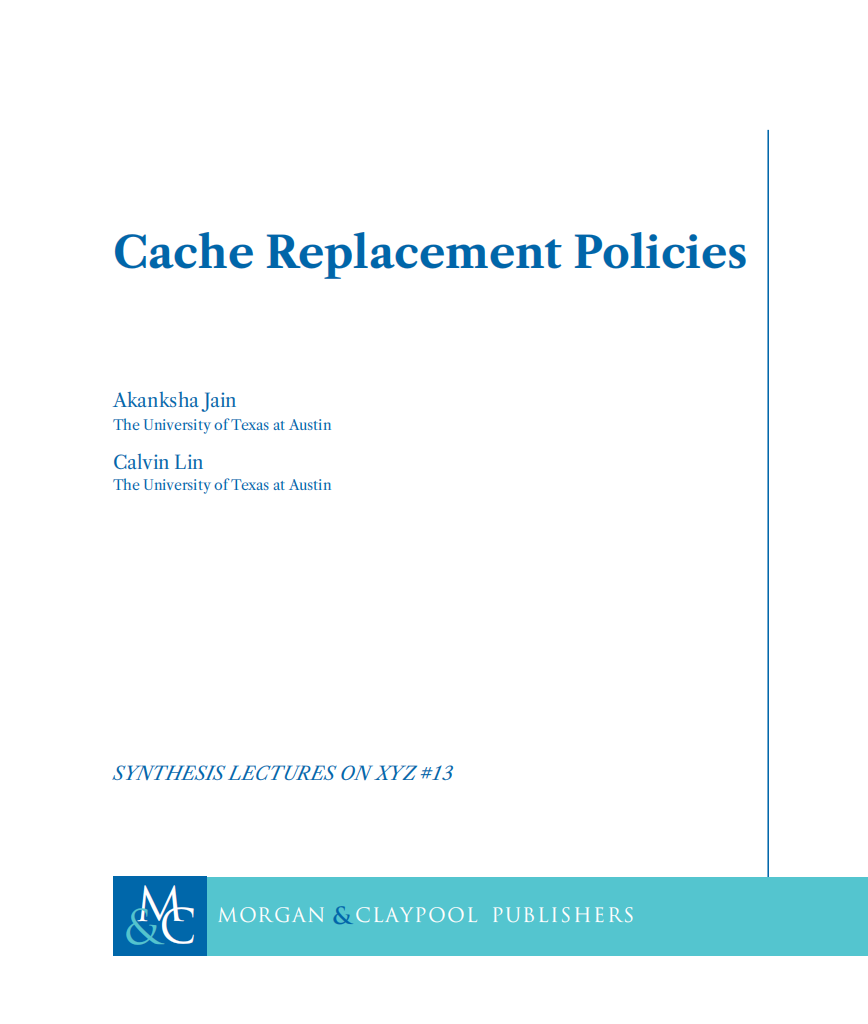产品开发 topic 7
❑Aim of Phase 2. System- level Design
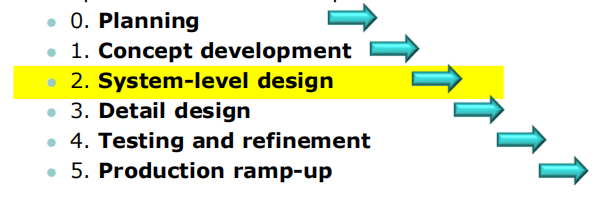
❑ Product architecture – what is it?
❑ Modular and integral architecture
❑ Implications of product architecture
❑ Role of the product architecture team
❑ 4-step method for establishing the product architecture
❑ Key outcomes
1⃣Product Architecture(产品架构)
Meaning:the scheme by which the functional elements of the product are arranged into physical chunks and by which the chunks (块)interact
allow the detailed design and testing of these physical blocks to be assigned to teams, individuals, and/or suppliers
chunks: contains physical elements of a product, made up of a collection of components which implement of the functions of the product
2⃣Modular & integral architecture
is key characteristic
1.Modular
- Each chunk implements one or a few functions entirely.
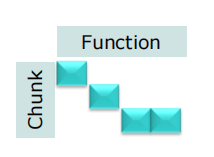
interactions between chunks are well defined.
simplicity and reusability
three main types:
- Slot-modular (the most common type)
different type of interface, various chunks cannot be
interchanged
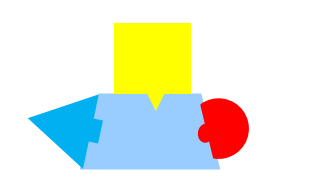
- Bus-modular
common bus to which the other chunks connect via the same type of interface
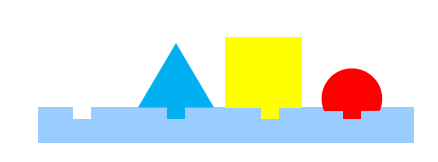
Sectional-modular
interfaces are of the same type,no single element to which all the other chunks attach
2.Integral
- Functional elements are implemented by multiple chunks, or a chunk may implement many functions
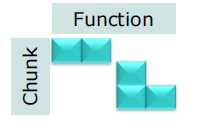
interactions between chunks are poorly defined
increases performance and reduces costs
3.integral and modular apply at several levels:
⚫ System
⚫ Sub-system
⚫ Component
3⃣Implications of product architecture
1.Product change
Modular chunks allow changes to be made to a few isolated functional elements of the product without affecting others
2.Product variety
Range of product models within a particular time period
in response to market demand
Products built can be more easily varied
3.Component standardisation
The use of the same component or chunk in multiple products
4.Product performance
How well a product implements its intended functions
5.Manufacturability
ability of the team to design each chunk to be produced at low cost
6.Product development management
Responsibility is usually assigned to a relatively small group
4⃣Role of Product Architecture Team
⚫ subsequent product development activities
⚫ manufacturing and marketing of the product
5⃣The 4 step method
Step 1 – Create a schematic of the product
- A schematic representes the team’s best understanding of the component elements of the product
Step 2 – Cluster the elements of the schematic
assigning and/or clusteringeach of the elements of the schematic to a chunk
functionality split
factors should be considered:
- Geometric integration and precision
- Function sharing
- Capabilities of vendors
- Similarity of design or production technology
- Localisation of change
- Accommodating variety
- Enabling standardisation
Step 3 - Create a rough geometric layout
2 or 3 dimensions or as physical models
Step 4 - Identify the fundamental and incidental interactions
two categories of interaction:
- Fundamental:
those which correspond to the lines on the schematic that connect the chunks to one another
- Incidental:
physical implementation of functional elements
geometric arrangement of the chunks
6⃣Key Outcomes
⚫ an approximate geometric layout of the product
⚫ descriptions of the major chunks
⚫ documentation of the key interactions among the chunks
